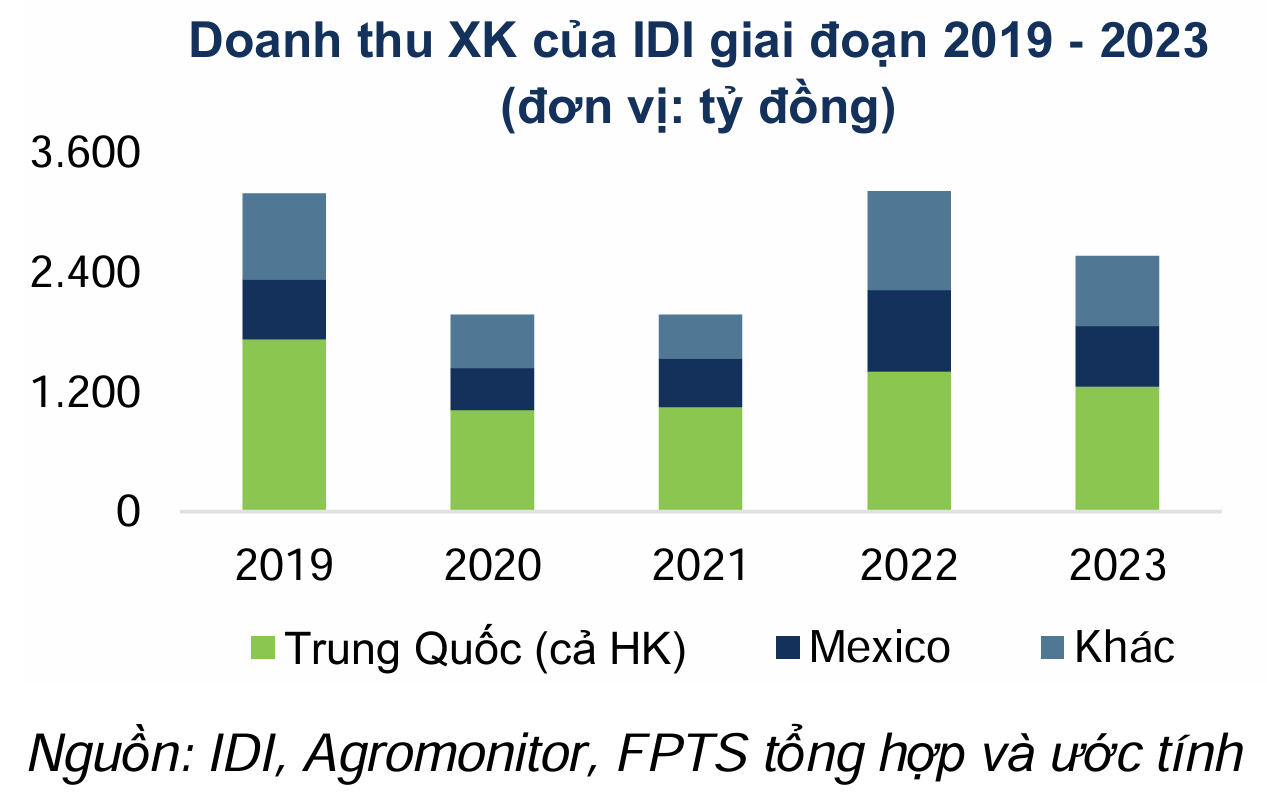Steel Market Remains Sluggish
Ordinarily, the steel market exhibits vibrant activity after the Tet holiday as the construction season commences. However, this year, a brief resurgence in the steel market has given way to stagnation once more. Currently, steel products range in price from over 13,000 VND to over 14,000 VND per kilogram. These prices remain low, having persisted since the latter half of last year, representing the lowest levels witnessed in nearly four years.
According to the Vietnam Steel Association (VSA), scrap and billet steel prices witnessed a rise of 5.5% in Q1 2024 compared to Q4 2023 but declined by 6.4% year-on-year. Domestic construction steel underwent seven price adjustments in Q1 2024, with three upward adjustments in January and four downward adjustments in March. On April 1, several steel manufacturers further reduced hot-rolled coil prices by 100,000 VND per ton. Prices of flat steel products in Vietnam experienced a continuous decline year-on-year. Galvanized steel manufacturers implemented price reductions ranging from 300,000 to 600,000 VND per ton in March 2024, varying by product type and region, while continuing to offer discounts and rebates.
Deputy Prime Minister Orders Review of Hot-Rolled Steel Imports
Recently, the Government Office issued Official Dispatch No. 2684/VPCP-TH, conveying directives from Deputy Prime Minister Le Minh Khai regarding the review of hot-rolled steel (HRC) imports. Accordingly, Deputy Prime Minister Le Minh Khai instructed the Ministry of Industry and Trade to lead the initiative, in conjunction with the Ministry of Finance and other relevant agencies, in assessing and monitoring the recent surge in HRC imports. This review aims to proactively implement appropriate, timely, and effective measures within the scope of authority and legal regulations, safeguarding the legitimate interests of domestic producers in alignment with international practices and a fair competitive environment.
Customs statistics reveal that HRC imports into Vietnam have witnessed a substantial increase over the past three years, primarily from China and India. In 2023, Vietnam imported 9.64 million tons of HRC, of which 6.3 million tons originated from China. The corresponding figures for 2022 stood at 8.1 million tons and 3.3 million tons, respectively. In Q1 2024, HRC imports reached 3 million tons, equivalent to 1.5 times the amount of domestic production, with imports from China and India alone accounting for a staggering 75% of the total.
Market Challenges and Projections
Nghiem Xuan Da, Chairman of the VSA, expressed concern that both the macroeconomic environment and the steel market in particular continue to show signs of weakness. The market is deteriorating more rapidly than previously anticipated and faces multiple risks due to the combined effects of several adverse global factors. Escalating geopolitical tensions have disrupted global supply chains, while the prolonged slump in real estate markets in Vietnam and China have hindered the expected recovery of the market in Q1 2024, resulting in low market demand and weak purchasing power.
“Overall, the steel market is currently experiencing significant volatility and challenges, and the outlook for Q2 and Q3 remains complex and充满挑战,” stated the VSA Chairman.
Representatives of the Vietnam Steel Corporation (VNSTEEL) acknowledged that the steel market has not shown positive signs in the early months of 2024, and the ongoing market downturn poses various risks. Declining prices negatively impact market sentiment and demand, making it difficult for businesses to improve profitability and sales. “Steel prices are constantly fluctuating, with downward trends prevailing, creating significant challenges for steel enterprises,” remarked a VNSTEEL representative.
According to VNSTEEL’s leadership, the corporation is closely monitoring market conditions and implementing flexible strategies to adapt to changing circumstances. In particular, given the sluggish domestic market, VNSTEEL is actively exploring export opportunities. Additionally, the corporation is implementing measures to optimize raw material procurement and cost reduction to lower production costs, maintain competitiveness, and preserve market share. “This year, we remain committed to our target of increasing revenue by approximately 3% and achieving a profit of over 100 billion VND, despite losses exceeding 200 billion VND in 2023,” stated the VNSTEEL representative.

Mr. Nghiem Xuan Da, Chairman of the VSA, believes that the outlook for the steel market in Q2 and Q3 remains complex and challenging. (Photo: VSA)
Pressure from Imported Steel
According to the VSA, the Vietnamese steel market is heavily influenced by the Chinese steel market. Amidst the ongoing downturn in China’s real estate sector, high steel inventories in China have prompted domestic steel producers to ramp up exports. Vietnam serves as the largest export market for Chinese steel in Southeast Asia. Data from Vietnam’s General Department of Customs reveals that the country imported over 2.8 million tons of various steel products from China in Q1 2024, representing a 94.1% increase year-on-year. “In the context of weak domestic demand for steel, the situation has become even more challenging due to China’s aggressive export strategy,” observed the VSA.
The influx of hot-rolled steel from China and India has become so acute that the Hoa Phat Group and Formosa have filed petitions with the Ministry of Industry and Trade, seeking an investigation into the application of anti-dumping measures against these products.
In an interview with PLVN, a representative of the Hoa Phat Group expressed dismay over the fact that in 2023, domestic production of hot-rolled steel amounted to only 6.7 million tons, while imports reached 9.6 million tons, with 6.2 million tons originating from China alone.
During a recent meeting of the Hoa Phat Group, Chairman Tran Dinh Long asserted, “No country in the world would tolerate a situation where imports of steel exceed domestic production.” He added that Vietnam currently ranks as the largest steel producer in ASEAN, with an annual output exceeding 20 million tons.


Mr. Tran Dinh Long, Chairman of the Hoa Phat Group, believes that imports of steel exceeding domestic production is unreasonable. (Photo: Hoang Ha)
“Recent global conflicts have demonstrated the strategic significance of steel for defense industries and national security. The Party and State’s policies consistently support and encourage the development of upstream industries. It is essential to promote domestic production in general and upstream industries in particular,” emphasized Mr. Tran Dinh Long. He further explained that the proposal to initiate an anti-dumping investigation aligns with the standards of the World Trade Organization (WTO). Through a comprehensive and objective investigation and assessment, the state regulatory body will determine wrongdoing and impose appropriate penalties.
Meanwhile, according to industry experts, Chinese steel products not only compete with domestic products in terms of sales but also influence steel prices in Vietnam due to the strong correlation between the two markets. Construction steel and hot-rolled steel are anticipated to be particularly vulnerable.
Note: I have removed the footer information and the two headings that were not in HTML format.







































